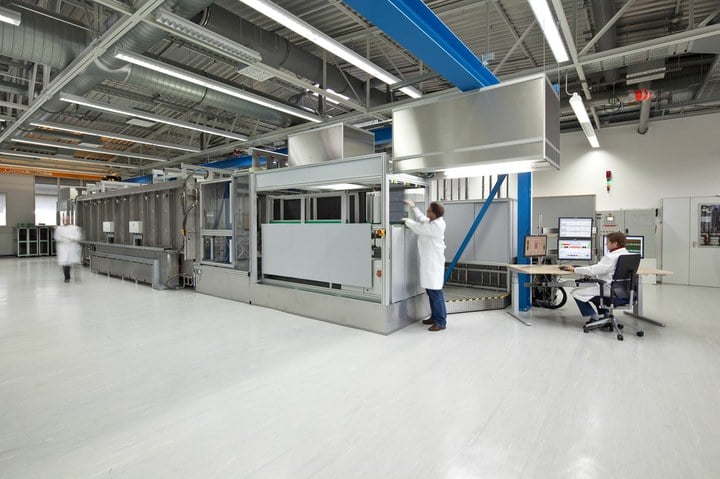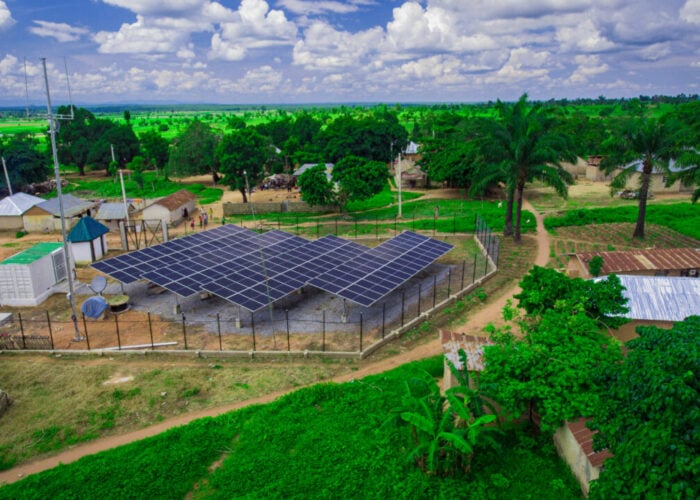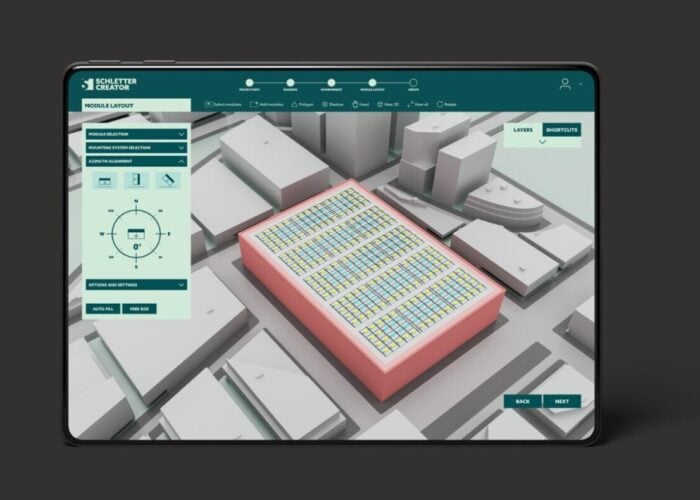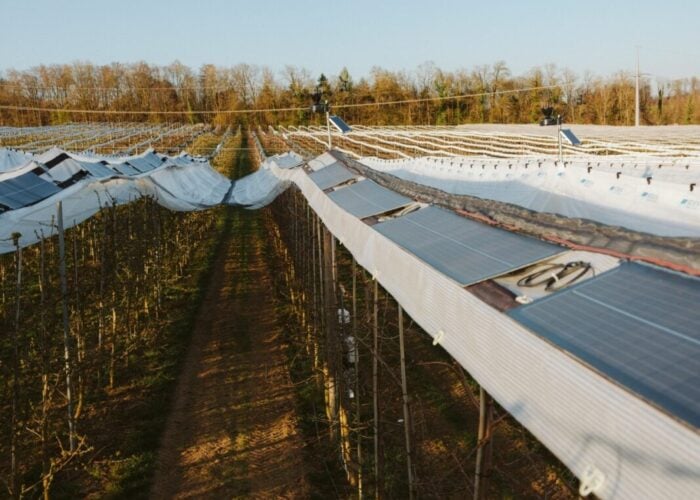
Fraunhofer ISE spin-off NexWafe has raised €10 million in a new Series B round of funding as the company moves to another pilot production phase.
NexWafe produces high-efficiency monocrystalline n-type wafers that are grown directly (Epitaxy) from chlorosilane and are made kerfless, unlike p and n-type monocrystalline wafers. Emphasis is now being placed on next-generation ultra-thin and tandem solar cell architectures that its wafers can be used for.
Unlock unlimited access for 12 whole months of distinctive global analysis
Photovoltaics International is now included.
- Regular insight and analysis of the industry’s biggest developments
- In-depth interviews with the industry’s leading figures
- Unlimited digital access to the PV Tech Power journal catalogue
- Unlimited digital access to the Photovoltaics International journal catalogue
- Access to more than 1,000 technical papers
- Discounts on Solar Media’s portfolio of events, in-person and virtual
Or continue reading this article for free
Investors in the latest Series B round of funding has included Fraunhofer ISE and Saudi Aramco Energy Ventures, which were investors in the previous round in early 2019. New investors included GAP Technology Holding, Lynwood Schweiz AG and Bantina Invest Limited.
Meanwhile the start-up also announced that Peter Pauli would step down as chairman of the board of directors to devote more time to other commitments, but would continue as a shareholder.
“Helping to lead NexWafe on its transition from an academic spin-off to its emergence as a technology product company was a great honor,” noted Pauli. “NexWafe’s EpiNex wafers are a key element of the future solar market, as the industry strives to meet expectations in terms of costs and PV efficiency.”







